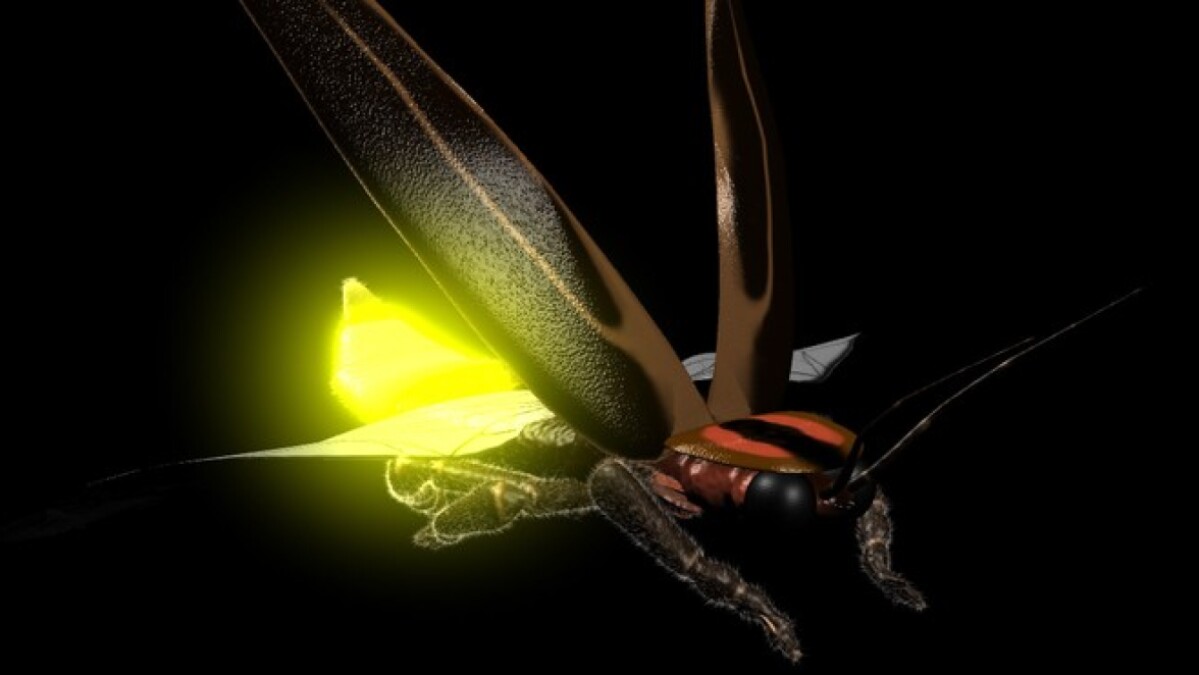Raevenlord
News Editor
- Joined
- Aug 12, 2016
- Messages
- 3,755 (1.18/day)
- Location
- Portugal
| System Name | The Ryzening |
|---|---|
| Processor | AMD Ryzen 9 5900X |
| Motherboard | MSI X570 MAG TOMAHAWK |
| Cooling | Lian Li Galahad 360mm AIO |
| Memory | 32 GB G.Skill Trident Z F4-3733 (4x 8 GB) |
| Video Card(s) | Gigabyte RTX 3070 Ti |
| Storage | Boot: Transcend MTE220S 2TB, Kintson A2000 1TB, Seagate Firewolf Pro 14 TB |
| Display(s) | Acer Nitro VG270UP (1440p 144 Hz IPS) |
| Case | Lian Li O11DX Dynamic White |
| Audio Device(s) | iFi Audio Zen DAC |
| Power Supply | Seasonic Focus+ 750 W |
| Mouse | Cooler Master Masterkeys Lite L |
| Keyboard | Cooler Master Masterkeys Lite L |
| Software | Windows 10 x64 |
LG today launched their new 38WN95C-W monitor, right alongside a more barebones offering (38WN95C-G) and a gaming-oriented cousin, the 38WN95C-B. Differences are small between the three, so we'll get into the nitty-gritty with the 38WN95C-W. This monitor features a 38" Nano IPS panel with a quoted 1 ms response time, which offers what LG calls QHD+ (3840 x 1600) resolution and an up to 170 Hz refresh rate (via overclocking through the monitor's own OSD; the original, non-overclocked refresh rate stands at a still very respectable 144 Hz). The monitor supports Active-Sync technologies in the form of AMD's FreeSync and NVIDIA's G-Sync via the now ubiquitous "G-Sync Compatible" program, albeit with a VRR range set between 48 Hz and 144 Hz) with LFC (Low Framerate Compensation). There's a 1000:1 contrast ratio, a VESA DisplayHDR 600 certification (activated in lieu of the typical 450 cd/m² brightness) and 98% DCI-P3 colour gamut coverage.
The monitor offers tilt and height adjustment, a 100mm VESA mount, and I/O is taken care of by 1x Thunderbolt 3 (high speed USB-C with DP Alt mode and PD), 1x DP 1.4, 2x HDMI 2.0 ports, 2x USB 3.0 ports (plus upstream), and 1x 3.5 mm headphone jack (besides the usual 2x 2 W speakers). The 'G' model lacks the Thunderbolt 3 port and additional HDMI 2.0 port of this model. The 38WN95C-G's only difference to this monitor is the lack of the ThunderBolt port and only 1x HDMI 2.0. The gaming-centric version, the 38WN95C-B, further cuts the built-in speakers - but offers an RGB ring for added bling. The LG 38WN95C-W is already available for pre-order with prices starting at $1,599.


View at TechPowerUp Main Site
The monitor offers tilt and height adjustment, a 100mm VESA mount, and I/O is taken care of by 1x Thunderbolt 3 (high speed USB-C with DP Alt mode and PD), 1x DP 1.4, 2x HDMI 2.0 ports, 2x USB 3.0 ports (plus upstream), and 1x 3.5 mm headphone jack (besides the usual 2x 2 W speakers). The 'G' model lacks the Thunderbolt 3 port and additional HDMI 2.0 port of this model. The 38WN95C-G's only difference to this monitor is the lack of the ThunderBolt port and only 1x HDMI 2.0. The gaming-centric version, the 38WN95C-B, further cuts the built-in speakers - but offers an RGB ring for added bling. The LG 38WN95C-W is already available for pre-order with prices starting at $1,599.


View at TechPowerUp Main Site




